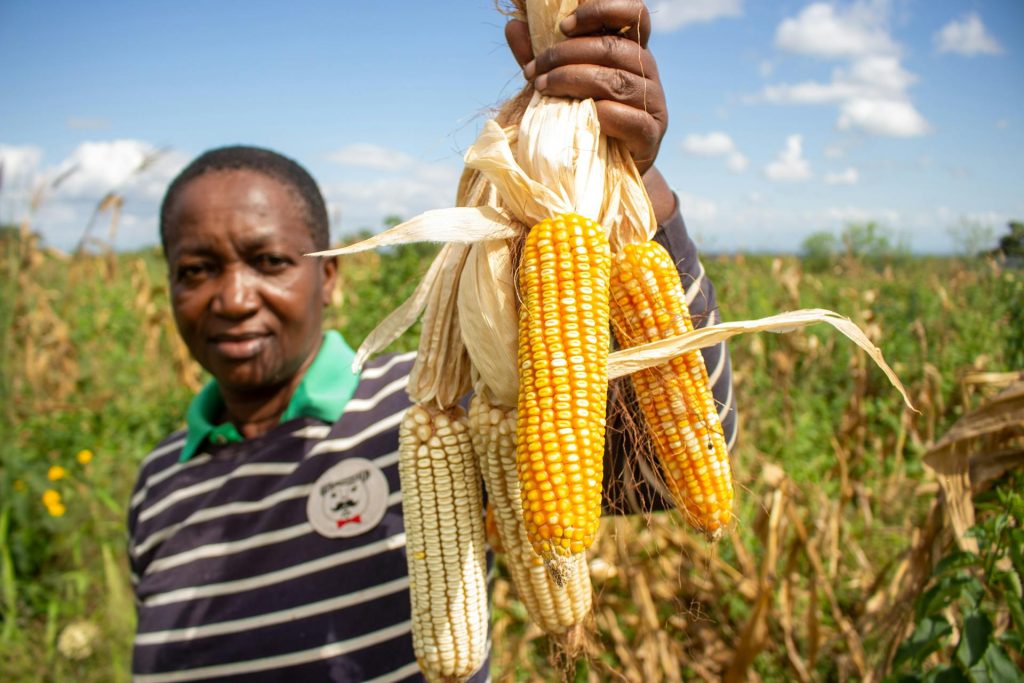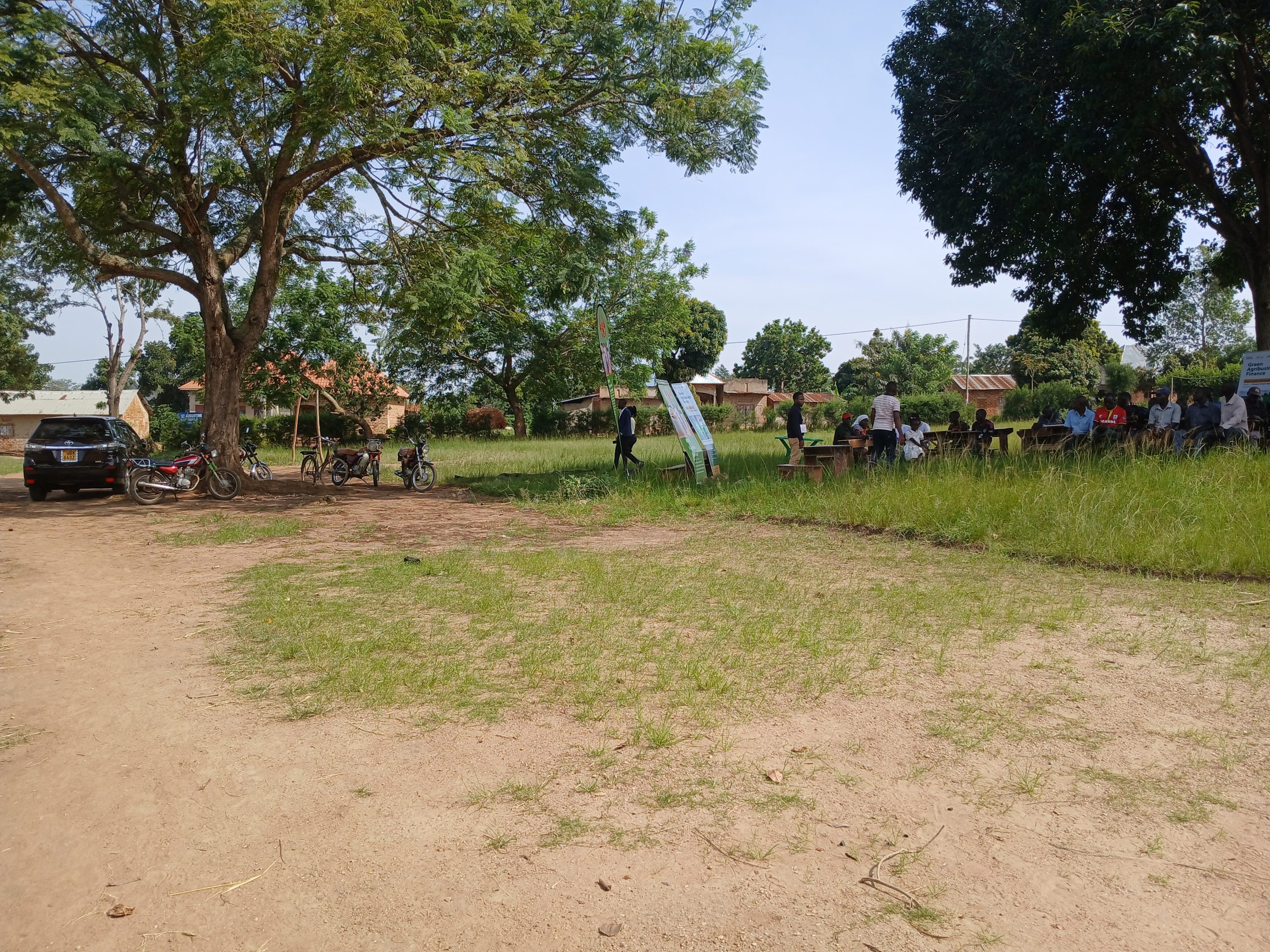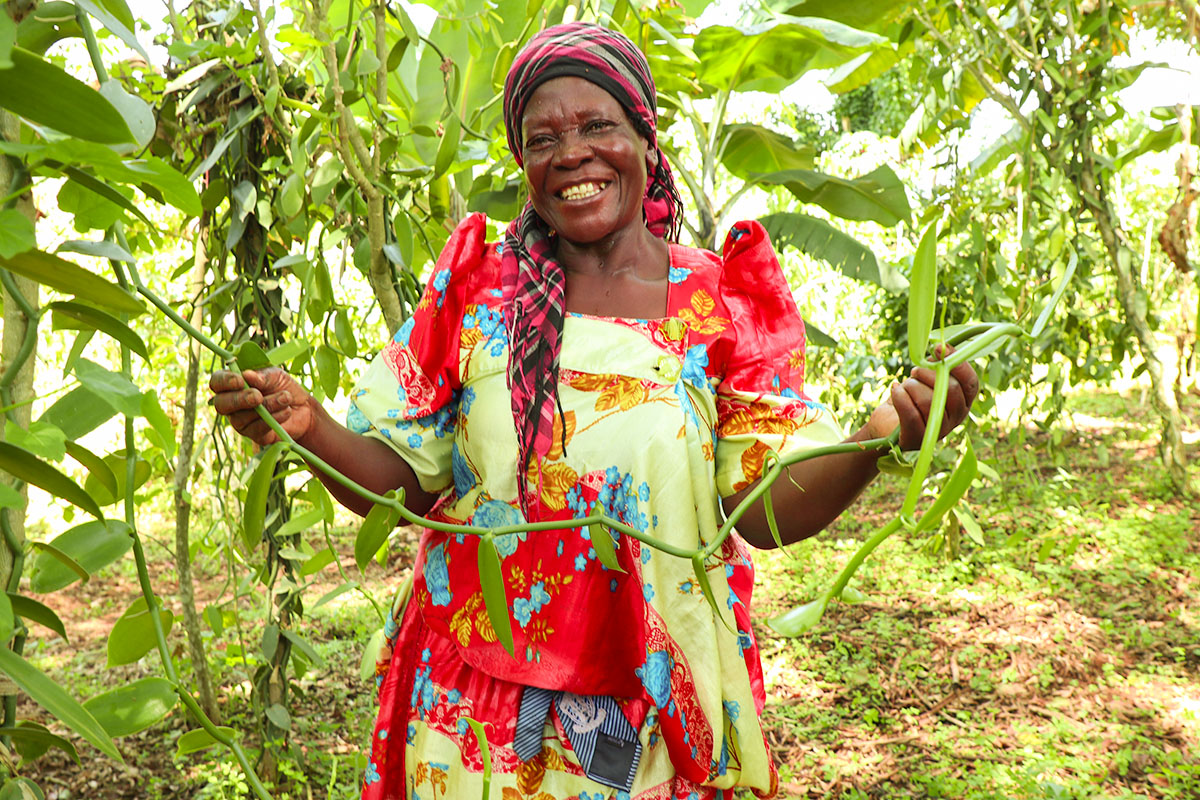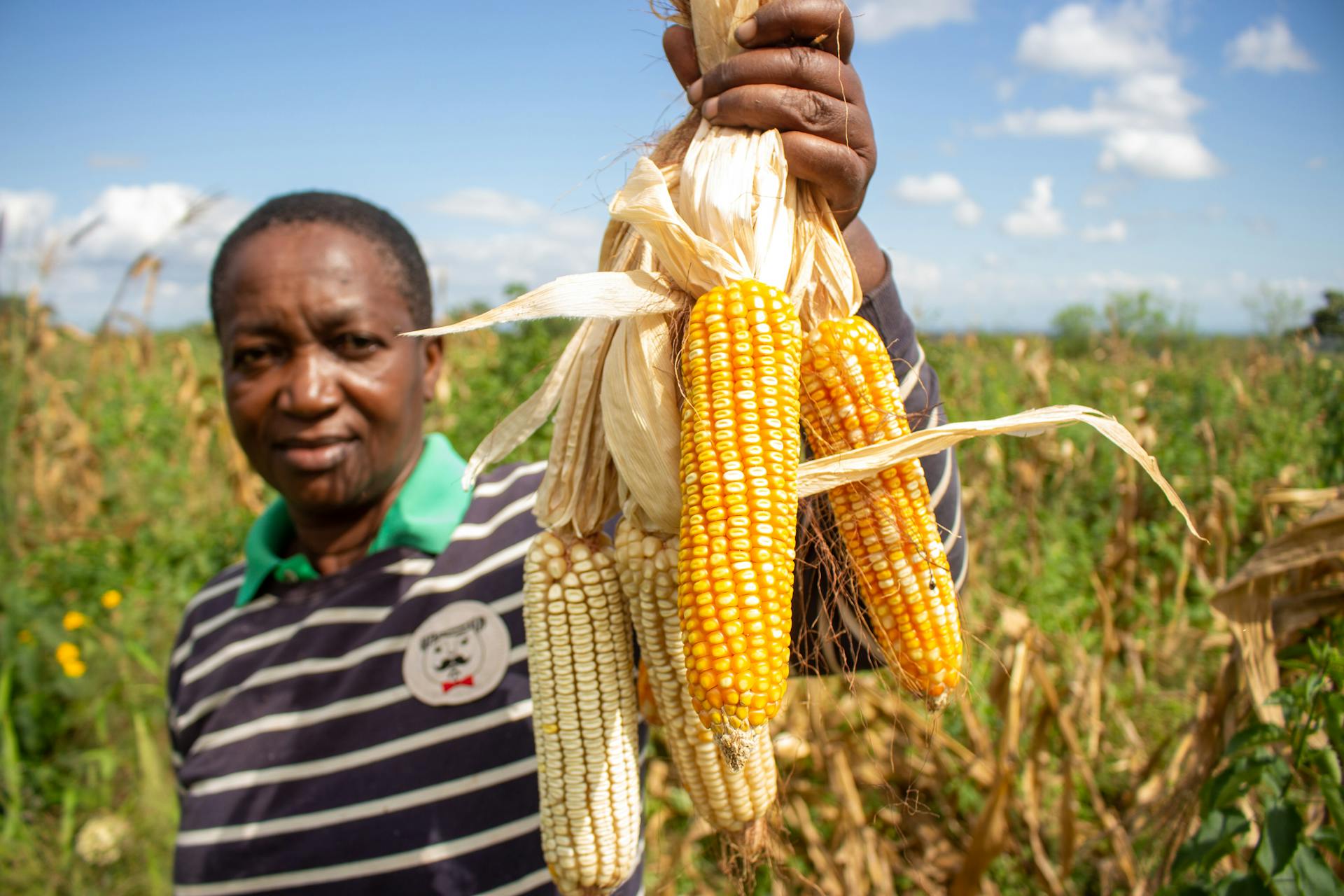
Joseph, a dedicated farmer in Masaka, knows the land. He knows that using certified seeds and timely fertiliser application could double his maize yield. But when the rains came, he had no cash. The nearest bank asked for a title deed he didn’t have, and the microfinance rate felt like daylight robbery. He ended up planting lower-quality seeds, hoping for the best. Joseph’s story is not unique; it is the story of millions of smallholder farmers who are the very backbone of Uganda’s economy. The bigger problem is the disconnect between the massive potential of Ugandan agriculture and the severe lack of accessible, affordable farm loans. We can, and must, do better to unlock this potential.
Why Affordable Farm Loans Are Crucial Right Now
Why is this issue of affordable farm loans so crucial right now? Simply put, agriculture contributes nearly a quarter of Uganda’s GDP and employs over 70% of our population. Yet, we are still largely subsistence-based. To transition from subsistence to commercial success, to build value chains that feed our nation and compete globally, we need capital.
We are facing increasing pressures from climate change and volatile markets. Capital, delivered as smart, low-interest farmer loans, allows farmers to invest in drought-resistant crops, irrigation, storage facilities, and mechanisation. It’s not just a handout; it’s the rocket fuel for the commercialisation journey we all want to see. This investment is critical to meeting Uganda’s Vision 2040 goals and ensuring long-term national food security. For more on improving sector resilience, read our guide on Sustainable Farming Practices.
Key Challenges Blocking Access to Agricultural Credit
Let’s be direct about the barriers. I see three main obstacles stopping hardworking Ugandans from accessing the money they need:
- High Interest Rates: Many traditional financial institutions (FIs) view agricultural lending as inherently risky, leading them to apply prohibitively high interest rates, sometimes upwards of 25–30%. A loan meant to help a farmer ends up crippling them.
- Unrealistic Collateral Requirements: Asking a smallholder farmer with two acres to provide a registered land title or urban property as security is simply a non-starter. This excludes the majority of farmers who have customary land ownership or no titles at all.
- Limited Financial Literacy and Tailored Products: Loan officers often don’t understand the agricultural cycle (planting, harvesting, market timing), leading to inflexible repayment schedules. Furthermore, many farmers lack the financial literacy to navigate complex loan terms or create robust business plans needed for formal credit. This is where innovation must step in.
5 Innovative Solutions for Affordable Farm Loans
The good news is that solutions exist. The future of financing lies in creating affordable farm loans that are flexible, accessible, and tailored to the unique rhythms of farming. We must champion these innovative lending models:
- Strengthening SACCOs and Cooperatives: These local institutions already understand the community and the crop cycle. By injecting capital and providing capacity building, we empower them to offer lower-cost farmer loans backed by social collateral (group guarantee) rather than physical assets. This model spreads the risk and leverages community trust.
- Digital Credit and Mobile Banking: Technology is leapfrogging traditional banking. Using mobile money data and field agent monitoring, digital credit platforms can disburse small, timely loans for inputs. The repayment schedules for these affordable farm loans are automatically linked to the anticipated harvest date, greatly improving access and convenience.
- Value Chain Financing: Financial institutions should partner directly with agribusinesses (processors, exporters) who can guarantee the purchase of a farmer’s produce. The loan is then repaid directly from the sale, significantly de-risking the process for the lender and lowering the cost of credit for the farmer.
- Government Risk-Sharing & Guarantees: Governments and development partners can establish risk-sharing funds that cover a percentage of the FIs’ potential losses in agricultural lending. This incentive dramatically encourages banks to lower interest rates and relax stringent collateral rules for affordable farm loans.
- Mandatory Financial Literacy & Technical Training: Financing must be paired with education. Farmers need training on cash flow management, market analysis, and how to use the loan to purchase the best inputs. Lenders must invest in technical training for their staff to better assess agricultural risk. This is the foundation for successful long-term borrowing.
(For detailed insights on agricultural financing models, we recommend this comprehensive report from a leading development bank Report on Agricultural Finance in East Africa.)
The Transformative Benefits of Easier Credit
The benefits of wider access to affordable farm loans extend far beyond a single farmer’s field. When Joseph gets his loan, he doesn’t just buy better seeds; he invests in his family and community.
- Increased Productivity and Yields: Capital for quality inputs, pest control, and better techniques directly translates to higher yields, moving us closer to national food security.
- Higher and More Predictable Income: By investing, farmers move from just surviving to earning a sustainable profit, allowing them to pay school fees, access healthcare, and build resilient homes.
- Community and Economic Growth: The money circulates locally. The successful farmer employs more laborers, buys services from local suppliers, and contributes to the local tax base, driving growth from the ground up. Financial institutions, this is your opportunity for responsible, long-term growth by tapping into a previously underserved, yet profitable, market.
Take Action Today
Uganda is poised for an agricultural revolution. The only thing separating millions of Joseph’s from prosperity is a lack of accessible, affordable farm loans. By embracing innovative lending structures and adjusting policy to recognise the reality of land ownership in rural areas, we can unlock billions in value. This is a call to action for farmers to join SACCOs and learn about new models, for policymakers to create an enabling environment, and for financial institutions to partner with development experts and local cooperatives. The time to invest in the backbone of Uganda is now.
To explore tailored farmer loans, learn about new digital credit programs, or partner with us to expand agricultural financing across Uganda, click the link below. Don’t wait for the next planting season—secure your future today.







